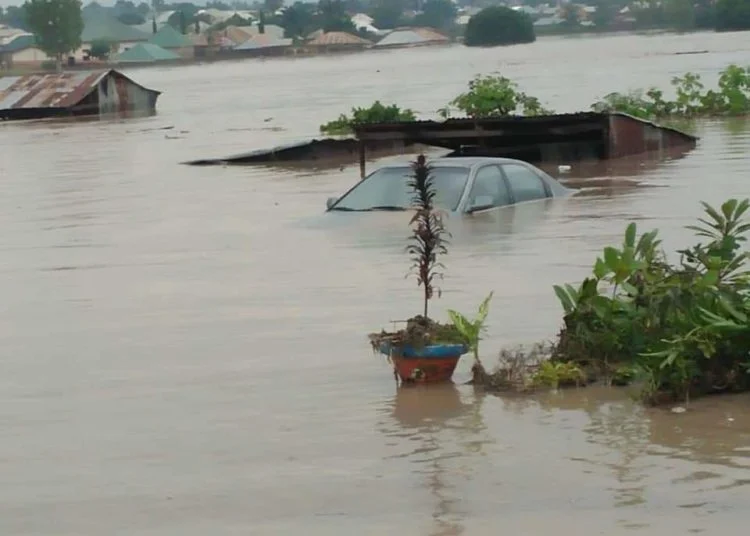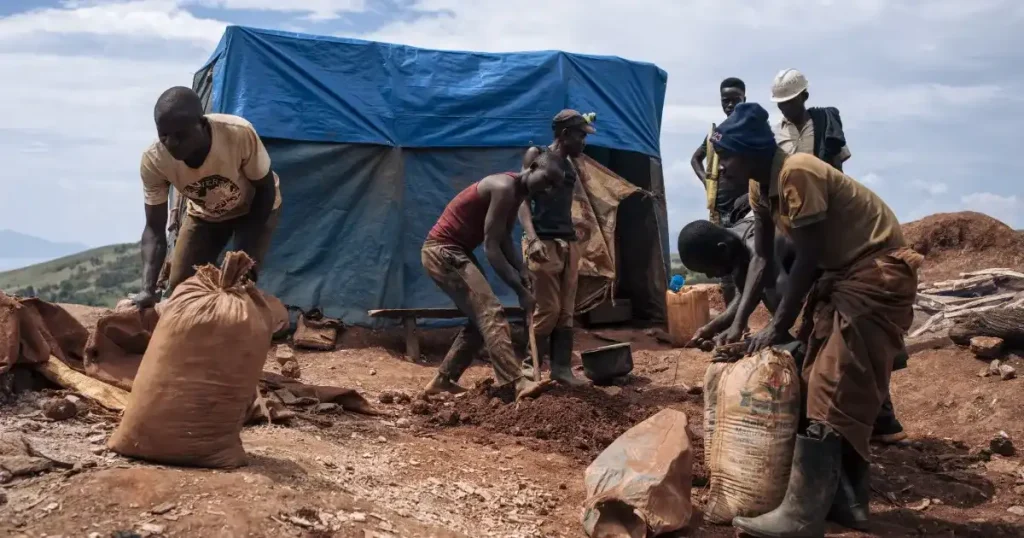The death toll from the severe floods in Kenya has risen to 174, as the country experiences an unusually active rainy season, largely driven by the El Nino weather phenomenon. The recent confirmation of six additional fatalities was reported following a landslide in Kiambu County and the flooding of a gold mine in Migori County, according to Capital FM radio.
The International Federation of Red Cross and Red Crescent Societies (IFRC) has raised concerns about the widespread destruction caused by the floods. Many rural homes have been destroyed, displacing thousands of people. Large swathes of farmland are now submerged, and livestock losses from drowning have also been reported, adding to the devastation.
Impact on Affected Communities
Several regions heavily reliant on herding for their livelihoods have been hit hard. These areas were already grappling with the consequences of the worst drought seen in four decades, making the impact of the floods even more severe. The simultaneous challenges of drought, floods, and extreme temperatures are expected to worsen the economic situation in Kenya.
Continued Rainfall and Long-Term Concerns
The heavy rainfall is expected to continue until January 2024, according to forecasts, which means the damage and disruption from the floods may persist for months. As a result, the affected communities will face prolonged hardship, struggling to recover from both the immediate destruction and the long-term challenges caused by these extreme weather conditions.























